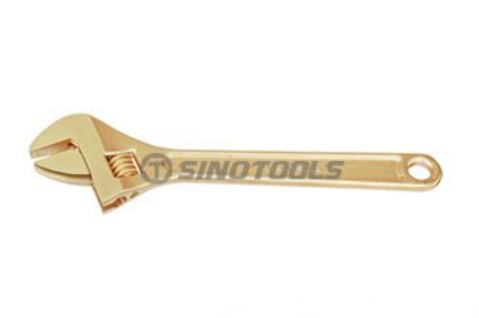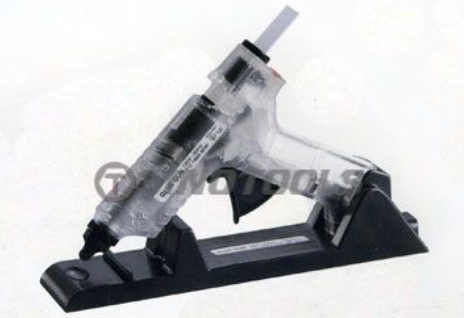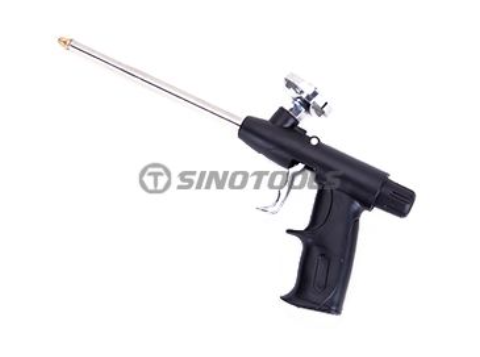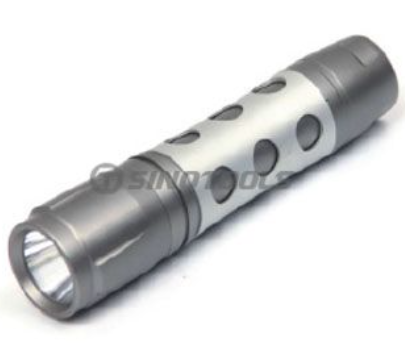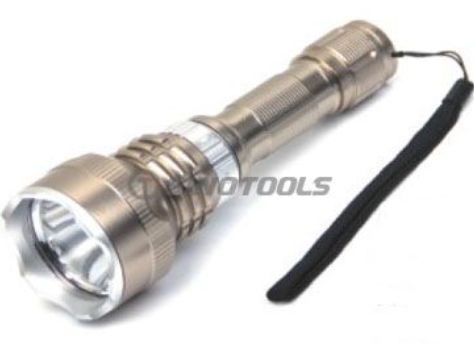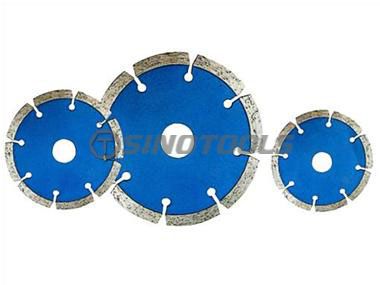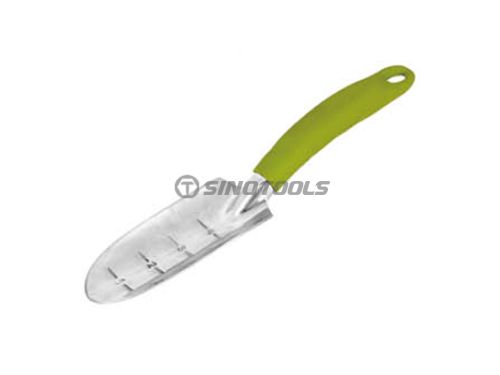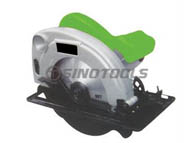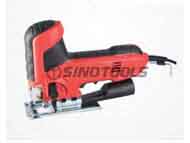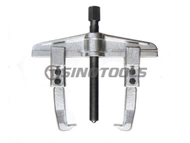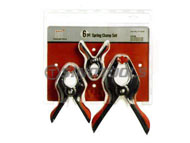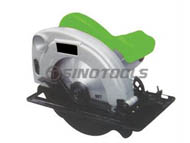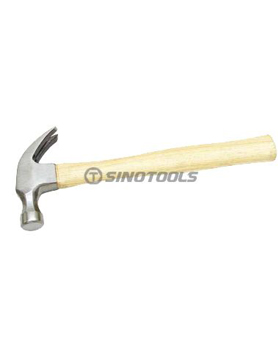In specific settings, common hand tools can produce sparks that can threaten all employees in the facility. Non-sparking tools that do not include ferrous metals must be utilized. In these scenarios, it is unimaginable to make use of traditional hand tools, as well as non-sparking tools that do not include ferrous metals need to be made use of.
Where to use non-sparking tools?
In general, non-sparking tools should be used in any environment where ignition sources are a concern. Applications include:
1. work in confined spaces Chemical, petrochemical, and gas operations
2. City, State, and Federal Governments (utilities, waste management, hazardous material response, weapons of mass destruction)
3. Collection, holding, and transfer of flammable liquids
4. Work in confined spaces
5. Transportation (airports, railroads, tanker trucks, shipyards)
6. Hot work
7. Maintenance and repair operations in environments that may contain flammable liquids, vapors, or combustible dust or residues
If you do not use non-sparking tools in hazardous environments
Frictional ignition can occur with tools. Steel alloys associated with chrome vanadium can actually produce hot sparks and a high risk of ignition as they can ignite flammable substances in the air for a few moments. This can lead to fires or explosions, endangering the lives of everyone in the workplace.
The proper way to use non-sparking hand tools
1. We must always remember to sharpen all spark-proof tools regularly according to normal safety procedures, thus protecting the eyes and face, and to collect the powder with the appropriate tools.
2. The premises must be ventilated to remove potentially harmful powders and vapors from the air.
3. Always ensure that all spark-proof tools are thoroughly cleaned and free from rust or ferrous contaminants, which may render the anti-detonation properties of your spark-free tools ineffective.
4. You must always remember not to bring them into direct contact with acetylene, which can produce highly dangerous explosive acetal in wet conditions.
By following these few simple rules, you will ensure that you always have clean and functional tools and minimize possible hazards in the workplace.
We are a non-sparking tools supplier, please feel free to contact us if you need them.
